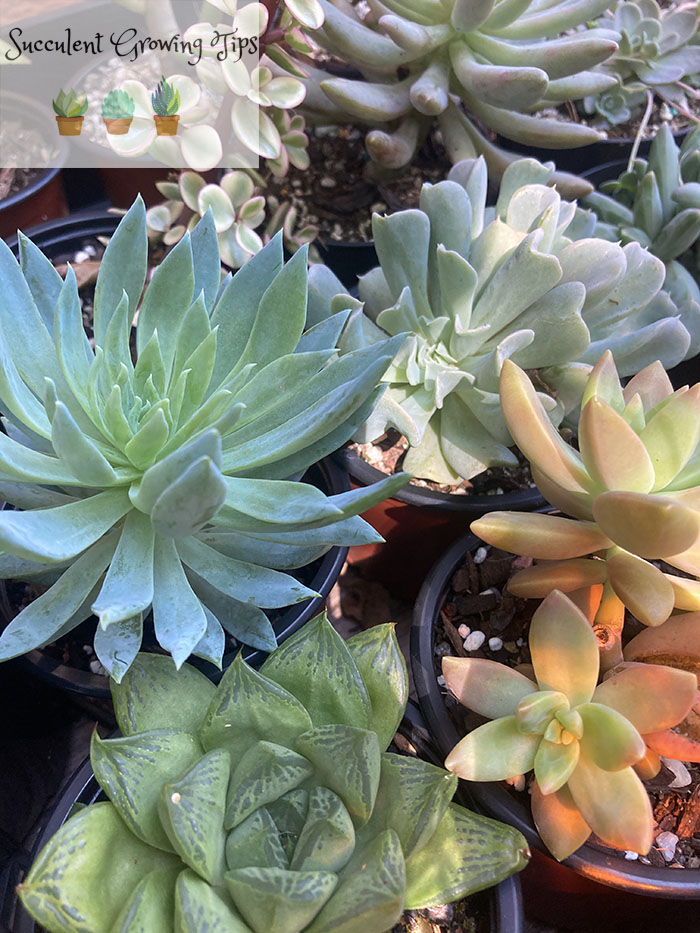Your cart is currently empty!

Can Succulents Grow In Sand?
Sand is often being mentioned as an important ingredient in succulent potting mix and it is indeed used in creating all kinds of growing media. But can you grow succulents in just sand?
Sand, as a single ingredient, is not suitable to grow succulents. Sand is incredibly heavy and holds onto too much water once wet. Because of this sand is very likely to suffocate the roots and rot the plant.
The hardiest succulents should survive being grown in sand but they are unlikely to thrive and look their best.
So why is sand touted as this vital part of the potting mix? To be honest, in my opinion, sand is a bit of a cheap ingredient and I steer clear of potting mix that use too much of it . Our nursery plants never looked great and were less likely to survive extreme conditions (heatwaves/ heavy rain) when we trialled succulent potting mix heavy on sand.
There are, however, succulents that in their natural environment grow in sandy soils. Some coastal succulents also often grow in sand, but it can be hard to completely imitate the natural environment of a plant at home. The climate, rainfall and the exact type of medium that is endemic to their natural location is likely to all contribute to the plants success.
For instance in nature Fenestraria Rhopalophylla grows almost completely submerged in sand with only the tops of the leaves showing. This is to protect itself from strong desert sun. It rarely rains and so the sand is unlikely to get too heavy and suffocate the plant. In cultivation, Fenestraria will probably not come across the conditions of its natural habitat (unless you live in a desert) and so sand will not be a suitable medium for it to grow in because the environment will be different.
A much better approach is to get a good all-rounder succulent potting mix which pretty much all succulents will grow happily in.
Our current potting mix (made by a company producing potting mix for nurseries based on type of plants) has a little bit of sand but it is hardly visible.
Much more prominent ingredients are pine bark fines, lots of gritty minerals and pumice/ perlite. The size of these ingredients helps with drainage when substantial rains come along, the roots can spread easily and the minerals release nutrients which succulents thrive on. Our potting mix is also very light and we use it to grow some 300 different succulent species and cultivars.
It is especially important to have good potting mix when growing succulents that are a little bit precious and rare such as many hybrid Echeveria, variegated succulents, cacti. If you’re collecting succulents and growing them in pots, the best results will be achieved with a professional potting mix.
Having said that, the hardy, garden varieties such as many Graptopetalum, Crassula or Sedum will grow fairly well in substandard potting mix when in pots and will also deal with sandy soils in the garden. But they are more likely to suffer unsightly marks, distorted and slow growth and are unlikely to get to their full size.
Many succulents are much more hardy and forgiving when in the ground and usually grow better than their counterparts in pots. But even they will thrive more if the soil is a little more gritty and a bit of succulent potting mix is worked through the existing garden soil.
In conclusion, succulents will not like being grown in sand only, especially if in pots. Some will tolerate sand if planted in the ground, but they will probably not flourish.